- Benefits of Tomato Pruning
- 1. Increased Airflow and Sun Exposure
- 2. Disease Prevention
- 3. Improved Fruit Quality
- 4. Easier Maintenance and Harvesting
- 5. Better Support and Plant Structure
- Choosing the Right Tomato Varieties for Pruning
- Determinate vs. Indeterminate
- Vigor and Disease Resistance
- Size and Shape
- Other Considerations
- When to Start Pruning Tomato Plants
- First Sign of Flowers
- Suckers Formation
- Early Morning or Late Afternoon
- Regular Maintenance Pruning
- Tools and Techniques for Tomato Pruning
- 1. Pruning Shears:
- 2. Sterilized Blades:
- 3. Pruning Technique:
- 4. Determinate vs. Indeterminate Tomatoes:
- 5. Staking or Cage Technique:
- 6. Regular Maintenance:
- Step-by-Step Guide to Pruning Tomato Plants
- Common Mistakes to Avoid When Pruning Tomatoes
- Maximizing Tomato Harvest Through Pruning
- “Question-Answer”
- When is the best time to prune tomato plants?
- Why should I prune my tomato plants?
- How should I prune my tomato plants?
- Can pruning tomato plants increase their yield?
- Should I prune determinate or indeterminate tomato plants differently?
- “Video” This Magic White Powder Will DOUBLE Your Tomato Harvest!
Growing tomatoes can be a rewarding experience for any gardener, but achieving a bountiful harvest requires proper care and attention. While many factors contribute to successful tomato cultivation, one of the most important techniques is pruning. Proper tomato pruning helps to promote healthier plants, improve air circulation, and increase fruit production. In this guide, we will explore the benefits of tomato pruning and provide step-by-step instructions on how to prune your plants effectively.
Why prune tomatoes?
Pruning is essential for tomatoes because it helps to remove unwanted growth, such as suckers, which divert energy from the main stem and reduce fruit production. By eliminating these unnecessary branches, the plant can allocate more resources towards developing strong, healthy fruit-bearing stems. Additionally, pruning thins out the foliage, allowing for better air circulation and reducing the risk of disease.
When to prune tomatoes?
The ideal time to start pruning tomatoes is when the plants have a well-established root system and are about 12-18 inches tall. This usually occurs a few weeks after transplanting. It is important to prune when the plants are dry to minimize the risk of spreading disease. Avoid pruning when the plants are wet, as this can create openings for infections to enter the plant.
Proper tomato pruning helps to promote healthier plants, improve air circulation, and increase fruit production.
How to prune tomatoes?
Begin by examining your tomato plants and identifying the main stem. This stem is typically the thickest and tallest. Look for any small shoots emerging from the leaf axils, known as suckers. These suckers can be removed using a sharp pair of pruning shears or your fingers. Cut or pinch the suckers off, taking care not to damage the main stem or leaves.
Continue to monitor your tomato plants as they grow, and prune regularly to maintain a well-structured plant. Remove any additional suckers that develop and any lower leaves that touch the ground, as these can increase the risk of disease. Always use clean tools when pruning to minimize the spread of pathogens.
By following these guidelines and regularly pruning your tomato plants, you can encourage healthier growth and increase your chances of a bountiful tomato harvest. Remember to provide adequate support for your plants and maintain a consistent watering schedule to help them thrive. Happy pruning and happy growing!
Benefits of Tomato Pruning
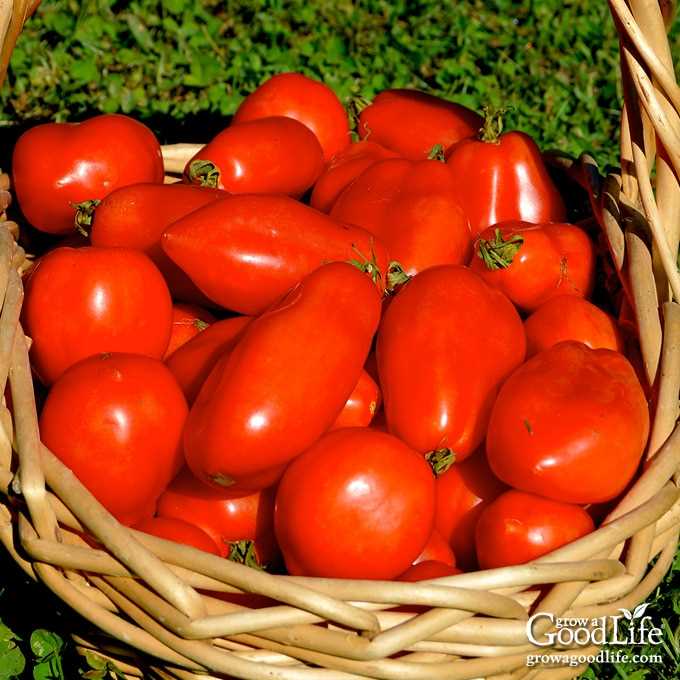
1. Increased Airflow and Sun Exposure
Pruning tomato plants helps to increase airflow and sun exposure, which are crucial for their overall growth and development. By removing excessive foliage, the remaining leaves and fruits receive more sunlight, ensuring they can efficiently photosynthesize and produce energy.
2. Disease Prevention
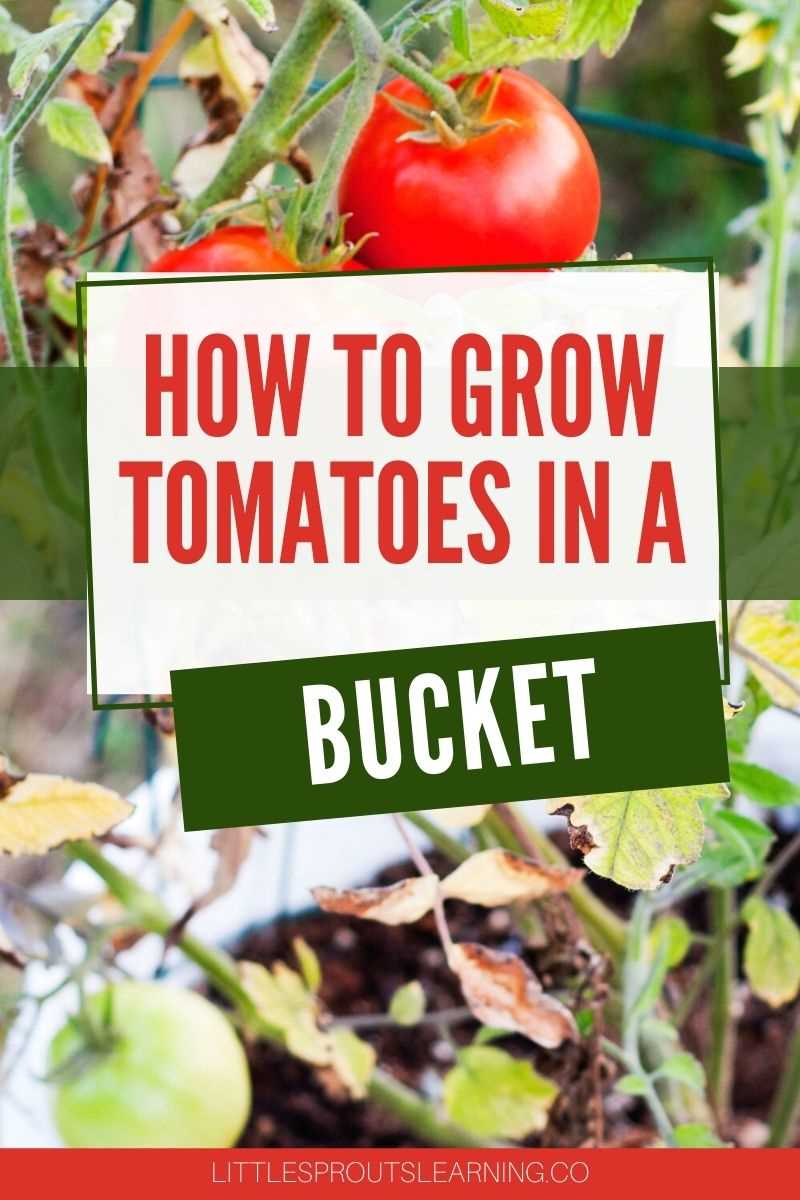
Pruning can be an effective method for preventing diseases in tomato plants. Trimming the lower leaves helps to prevent soil-borne pathogens from splashing onto the plants, reducing the likelihood of infections such as early blight and septoria leaf spot. Enhanced airflow also helps to lower humidity levels around the plants, making it harder for fungal diseases to flourish.
3. Improved Fruit Quality
Pruning allows the plant to direct its energy to fewer fruits, leading to larger and more flavorful tomatoes. Removing excessive suckers and branches helps to redirect the plant’s resources to the remaining fruits, resulting in a more abundant harvest of better quality tomatoes.
4. Easier Maintenance and Harvesting
Pruning makes it easier to maintain and harvest tomato plants. Removing excessive foliage simplifies the task of watering and applying fertilizers as there are fewer leaves to get wet or block the application. Additionally, having a well-pruned plant makes it easier to identify and remove any diseased or damaged fruits or leaves, minimizing the spread of diseases.
5. Better Support and Plant Structure
Pruning helps to create a more structured and sturdy plant. By removing unnecessary branches and suckers, you can train the plant to have a single, strong central stem. This allows for easier support with stakes or cages, reducing the risk of the plant bending or breaking under the weight of its fruits.
In summary, pruning tomatoes has several benefits, including increased airflow and sun exposure, disease prevention, improved fruit quality, easier maintenance and harvesting, and better plant support and structure. By implementing proper pruning techniques, you can help your tomato plants thrive and achieve a bountiful harvest.
Choosing the Right Tomato Varieties for Pruning
When it comes to tomato pruning, not all tomato varieties are created equal. Some varieties naturally have a more compact growth habit, while others tend to grow more vigorously. It’s important to choose the right tomato varieties for pruning to maximize your chances of success.
Determinate vs. Indeterminate
One of the first factors to consider when selecting tomato varieties for pruning is whether they are determinate or indeterminate.
- Determinate: These varieties have a more compact growth habit and reach a predetermined height, usually around 3-4 feet. They tend to produce their fruit all at once, making them ideal for canning or preserving.
- Indeterminate: These varieties have a more vine-like growth habit and can reach heights of 6 feet or more. They continue to produce fruit throughout the growing season, offering a continuous harvest.
Vigor and Disease Resistance
Another important factor to consider is the overall vigor and disease resistance of the tomato variety. Some varieties are more prone to diseases like tomato blight or wilt, while others are more resilient. Choose varieties that are known for their disease resistance to minimize the risk of plant damage and increase your chances of a successful harvest.
Size and Shape
The size and shape of the tomatoes are also important considerations. Some varieties produce small cherry or grape tomatoes, while others produce large beefsteak or roma tomatoes. Think about how you plan to use the tomatoes and choose varieties that match your preferences.
Other Considerations
Finally, there are a few other factors to consider when selecting tomato varieties for pruning:
- Days to maturity: Some varieties take longer to mature and produce fruit than others. Consider your growing season length and choose varieties that have a shorter maturity period if you have a shorter growing season.
- Climate suitability: Different tomato varieties perform better in different climates. Consider your climate and choose varieties that are known to perform well in your specific region.
- Flavor and taste: Ultimately, the flavor and taste of the tomatoes are what matter most to many gardeners. Read reviews and descriptions to get an idea of the flavor profile of different tomato varieties and choose ones that suit your taste preferences.
By carefully selecting the right tomato varieties for pruning, you can set yourself up for a successful and bountiful harvest!
When to Start Pruning Tomato Plants
Pruning tomato plants is an important step in ensuring a healthy and productive harvest. Knowing when to start pruning is essential for achieving the best results. While the specific timing can vary slightly depending on your growing conditions and tomato variety, there are some general guidelines to follow.
First Sign of Flowers
As a general rule, it is recommended to start pruning tomato plants once you notice the first sign of flowers. This usually occurs when the plants are about 12 to 18 inches tall. Pruning at this stage allows the plants to focus their energy on producing larger and more flavorful tomatoes.
Suckers Formation
Another important indication that it’s time to start pruning is the formation of suckers. Suckers are the small shoots that grow in the leaf axils of tomato plants. If left unpruned, these suckers can divert the plant’s energy away from fruit production.
To identify suckers, look for the growth that emerges in the crotch between the main stem and the leaf stem. They usually have a lighter green color compared to the main stem. By removing these suckers, you can direct the plant’s energy towards developing larger and more abundant fruit.
Early Morning or Late Afternoon
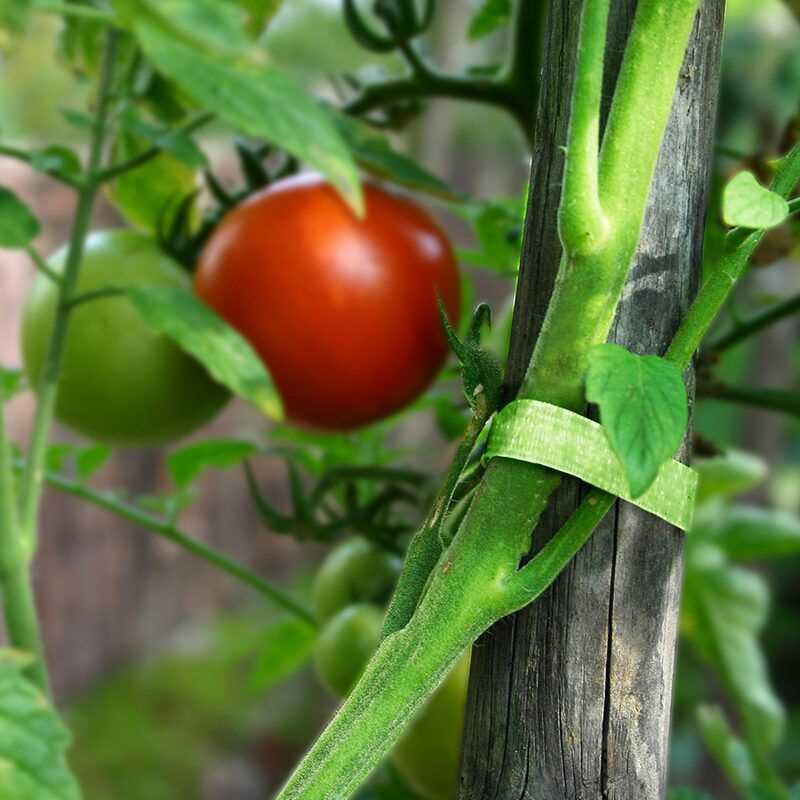
When it comes to the timing of pruning tomato plants, it is best to do so early in the morning or late in the afternoon. This is because these times of the day are when the plants are least stressed. Avoid pruning in the midday heat as it can increase the risk of sunburn on the newly exposed stems and leaves.
Regular Maintenance Pruning
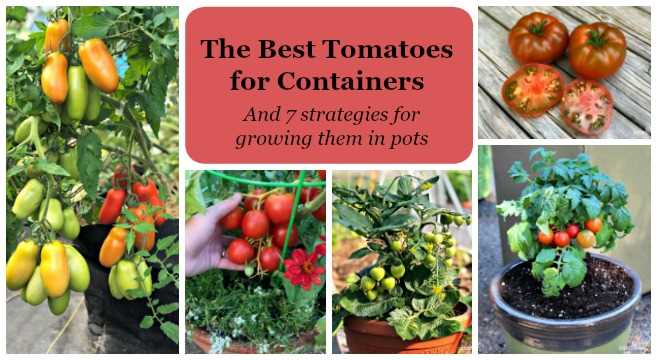
Once you have started pruning, it is important to continue with regular maintenance pruning throughout the growing season. This involves removing any additional suckers that develop and trimming away any yellowing or damaged leaves.
Regular pruning not only helps to manage the plant’s energy but also improves air circulation, reduces the risk of diseases, and allows for better access to the tomatoes for harvesting.
By following these guidelines and understanding when to start pruning tomato plants, you can maximize your chances of a bountiful and delicious tomato harvest.
Tools and Techniques for Tomato Pruning
Proper pruning is vital for ensuring the healthy growth and maximum yield of tomato plants. To make this task easier and more effective, it is important to have the right tools and utilize the proper techniques. Here are some essential tools and techniques for tomato pruning:
1. Pruning Shears:
A good pair of pruning shears is an essential tool for tomato pruning. Look for shears with sharp blades that can easily cut through the thick stems of tomato plants. Make sure to keep the shears clean and well-maintained for optimal performance.
2. Sterilized Blades:
Before pruning, it is important to sterilize the blades of your pruning shears to prevent the spread of diseases. You can use rubbing alcohol or a mixture of one part bleach to nine parts water to sterilize the blades. Dip the blades in the solution for a few minutes and then wipe them dry before use.
3. Pruning Technique:
When pruning tomato plants, start by removing any suckers that are growing in the leaf axils. These suckers are the small shoots that grow between the main stem and the branches. Pinch them off using your fingers or use the pruning shears to cut them close to the main stem.
4. Determinate vs. Indeterminate Tomatoes:
It is important to understand the growth habit of your tomato plants to determine the best pruning technique. Determinate tomatoes are bushy plants that do not require extensive pruning. Simply remove the suckers and any diseased or damaged branches. Indeterminate tomatoes, on the other hand, benefit from more extensive pruning to promote better airflow and fruit production.
5. Staking or Cage Technique:
Depending on the variety and growth habit of your tomatoes, you may need to choose between staking or using cages to support your plants. Staking involves tying the main stem to a sturdy stake, providing support and preventing the plant from falling over. Caging involves placing a cage around the plant, allowing it to grow through the slots for support.
6. Regular Maintenance:
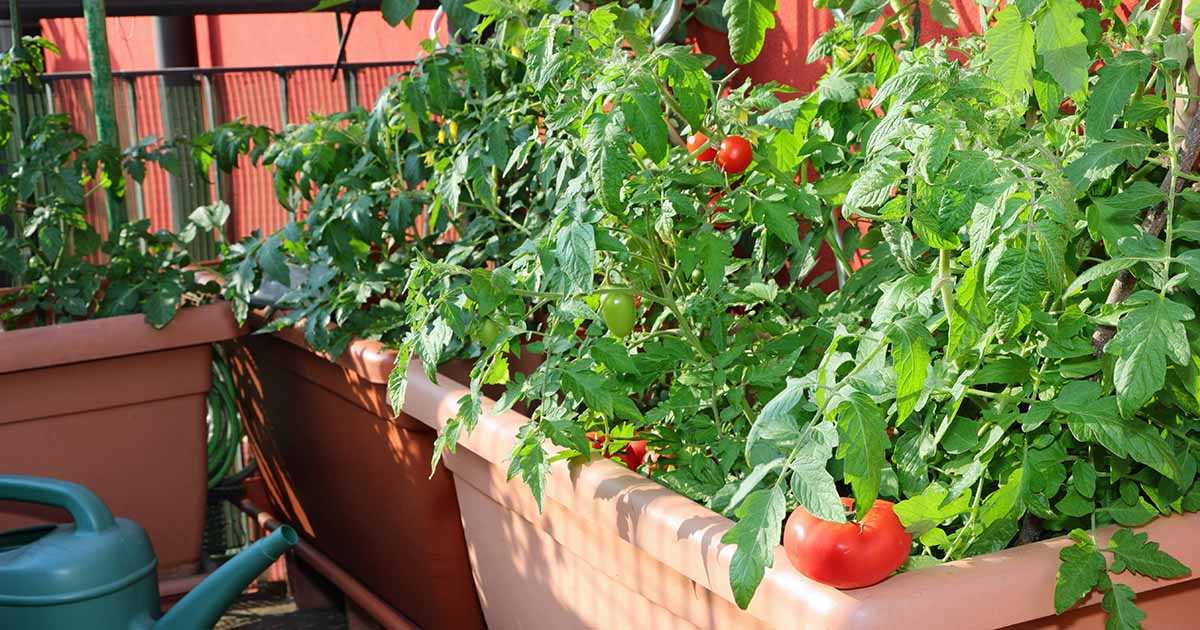
Tomato plants require regular maintenance and monitoring. Check your plants regularly for any signs of disease or pests. Remove any yellowing or diseased leaves and monitor the overall health of the plant. Regularly prune to maintain proper airflow and remove any excessive foliage that may impede fruit production.
By utilizing the right tools and techniques for tomato pruning, you can ensure the healthy growth and abundant harvest of your beloved tomatoes. Remember to regularly monitor and maintain your plants to keep them in optimal condition throughout the growing season.
Step-by-Step Guide to Pruning Tomato Plants
Pruning tomato plants is an essential step in growing healthy and productive tomatoes. By removing excess foliage and suckers, you can help your plants focus their energy on producing fruit and improve air circulation, reducing the risk of disease. Follow these steps to properly prune your tomato plants:
- Start pruning when the plants are young: Begin pruning tomato plants when they are about 12-18 inches tall. This will allow the plants to establish a strong stem before removing any foliage.
- Identify suckers: Suckers are the small shoots that grow in the axils between the main stem and the branches. These suckers will develop into additional branches if left unpruned.
- Decide how many stems to keep: Determining how many stems to keep depends on the type of tomato plant and your preferred method of pruning. Indeterminate varieties can be pruned to a single stem, while determinate varieties can be pruned to two or three stems.
- Remove suckers: Carefully pinch off the suckers using your fingers or a pair of pruning shears. Suckers are best removed when they are small, about 1-2 inches in length.
- Prune lower foliage: As the tomato plant grows, remove the lower leaves that touch the ground. This will prevent soil-borne diseases from splashing onto the leaves and improve air circulation.
- Tie the main stem to a stake or trellis: Use gardening twine or soft ties to secure the main stem to a stake or trellis. This will provide support as the plant grows and ensure it remains upright.
- Continue pruning throughout the season: Regularly inspect your tomato plants throughout the growing season and remove any suckers or diseased foliage. This will help maintain the health and productivity of your plants.
Remember, pruning tomato plants can be a matter of personal preference and gardening style. Experiment with different pruning methods to find what works best for you and your plants. With proper pruning, you’ll be rewarded with bountiful harvests of delicious tomatoes!
Common Mistakes to Avoid When Pruning Tomatoes
- Over-pruning: One common mistake when pruning tomatoes is over-pruning. While pruning is beneficial for the plant’s growth and productivity, it is important not to remove too many leaves and branches. Over-pruning can stress the plant and reduce the overall yield.
- Pruning too late: Another mistake is pruning tomatoes too late in the season. Pruning should ideally be done in the early stages of growth when the plant is young and able to recover quickly. Pruning too late can harm the plant and inhibit its ability to produce fruit.
- Not using clean tools: Using dirty or contaminated pruning tools can introduce diseases to the tomato plant. It is important to clean pruning tools before use to avoid spreading diseases such as bacterial spot or fungal infections.
- Improper cuts: Making improper cuts while pruning can also be a mistake. It is important to make clean and precise cuts to minimize damage to the plant. Sloppy cuts can create open wounds that can become susceptible to infections.
- Pruning too aggressively: Some gardeners may be tempted to prune aggressively in order to achieve a neat and tidy appearance. However, removing too many leaves and branches can reduce the plant’s ability to photosynthesize and produce energy, resulting in a weaker plant overall.
- Not removing suckers: Suckers are new growth that emerges from the leaf axils of tomato plants. Not removing suckers can lead to overcrowding and competition for resources, reducing the plant’s productivity. It is important to regularly remove suckers to maintain optimal plant structure.
By avoiding these common mistakes, you can ensure that your tomatoes are properly pruned for optimum growth and bountiful harvest. Remember to prune with care and always prioritize the overall health and productivity of the plant.
Maximizing Tomato Harvest Through Pruning
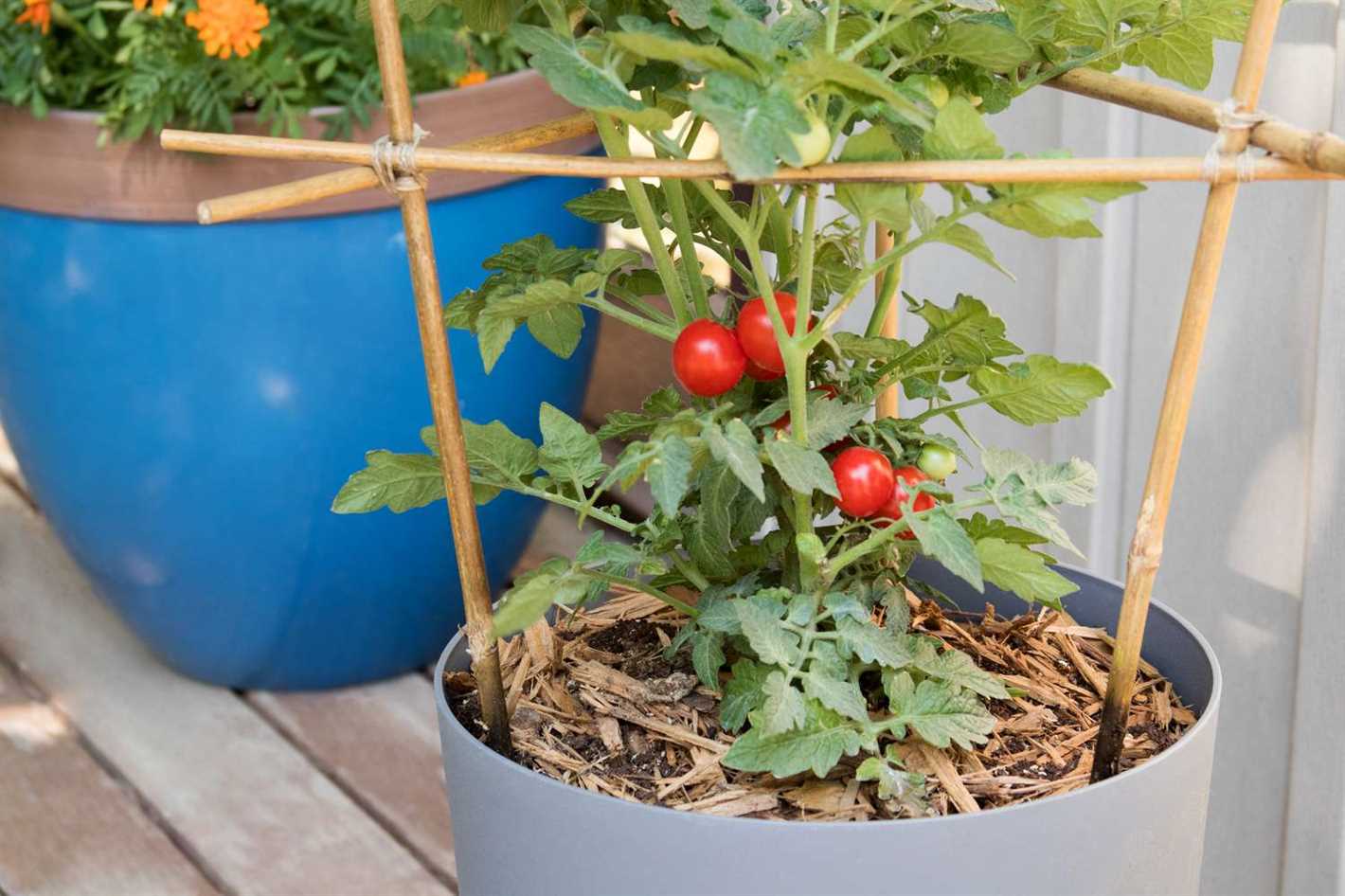
Pruning is an essential technique for maximizing the yield and quality of your tomato harvest. By removing unnecessary branches and foliage, you allow the plant to redirect its energy towards producing more fruit. Here are some tips for effective tomato pruning:
- Start pruning early: Begin pruning your tomato plants when they reach about 12 to 18 inches in height. This will help establish a strong and well-structured plant.
- Remove suckers: Suckers are the small shoots that form in the crotches between the main stem and the branches. Removing these suckers helps to control the overall size of the plant and encourages better air circulation.
- Prune lower foliage: It’s a good idea to remove the leaves that are close to the ground. This prevents soil-borne diseases from splashing onto the leaves and reduces the risk of fungal infections.
- Keep the main stem intact: Avoid pruning the main stem of the tomato plant. This is where the majority of the fruit will form, and removing it may result in a reduced harvest.
- Stake or cage your plants: Supporting your tomato plants with stakes or cages helps to prevent them from sprawling on the ground. This not only keeps the fruit clean and less susceptible to rot, but it also makes pruning and harvesting easier.
- Regularly inspect your plants: Keep an eye out for any diseased or damaged foliage. If you notice any signs of disease or pests, promptly remove the affected leaves to prevent spreading.
- Water and fertilize properly: Pruned tomato plants require proper watering and regular fertilization to support the increased fruit production. Make sure to water deeply and evenly, and provide a balanced tomato fertilizer according to the manufacturer’s instructions.
Remember, tomato pruning should be done with care to avoid excessive stress on the plant. By following these guidelines, you can maximize your tomato harvest and enjoy a bountiful supply of delicious tomatoes throughout the growing season.
“Question-Answer”
When is the best time to prune tomato plants?
The best time to prune tomato plants is when they are young and have just started to develop their first set of true leaves. This is usually around 4 to 6 weeks after planting.
Why should I prune my tomato plants?
Pruning tomato plants helps to improve air circulation and reduce the risk of diseases. It also promotes the growth of strong, healthy branches and improves overall plant shape.
How should I prune my tomato plants?
Start by removing the suckers that develop in the crotch of each leaf. These suckers are small shoots that grow between the main stem and the branches. Pinch them off with your fingers or use clean pruning shears. You should also remove any yellow or diseased leaves.
Can pruning tomato plants increase their yield?
Yes, pruning tomato plants can increase their yield. By removing suckers and focusing the plant’s energy on main branches and fruits, you allow for better air circulation, sunlight penetration, and nutrient distribution, which can result in a higher yield of quality tomatoes.
Should I prune determinate or indeterminate tomato plants differently?
Yes, you should prune determinate and indeterminate tomato plants differently. For determinate varieties, which grow to a specific height and produce fruit all at once, you can prune to remove the lower leaves and suckers to improve airflow. For indeterminate varieties, which continue to grow and produce fruit over a longer period, you should prune to remove excessive branches and suckers to manage their size and encourage better fruiting.







